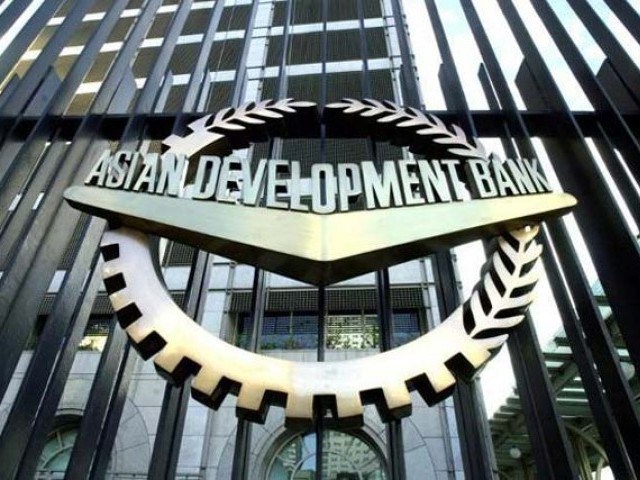In its December 2023 ‘Asian Development Outlook,’ the Asian Development Bank (ADB) highlighted the ongoing constraints on Pakistan’s overall recovery, citing moderate confidence and high inflation eroding the purchasing power of its population.
The Manila-based lending agency anticipates a decline in Pakistan’s inflation rate, which averaged 28.5 percent in July-October. This expected easing is attributed to fiscal consolidation and monetary tightening, coupled with improved availability of food and key imported inputs.
While expressing concerns about Pakistan’s recovery, the ADB acknowledges the country’s efforts to address inflationary pressures through monetary measures and fiscal policies. The ADB’s insights are part of a broader regional outlook that projects economic forecasts for developing economies in the Asia-Pacific region.
Contrary to Pakistan’s challenges, the ADB raised its economic forecast for the Asia-Pacific region to 4.9 percent for the current year, up from its previous estimate of 4.7 percent in September. This adjustment is attributed to robust domestic demand, particularly in China and India, leading to higher-than-expected growth.
China’s economy is projected to expand by 5.2 percent in 2023, surpassing the previous forecast of 4.9 percent. India’s growth outlook has also been revised upward to 6.7 percent from 6.3 percent, driven by faster-than-expected expansion in July-September, particularly in the industrial sector.
ADB Chief Economist Albert Park notes that despite a challenging global environment, developing Asia continues to grow robustly. The region’s inflation outlook for the current year has been adjusted to 3.5 percent, down from the previous projection of 3.6 percent. For the following year, the inflation rate is expected to edge up to 3.6 percent.
However, the growth outlook for Southeast Asia has been slightly lowered to 4.3 percent due to weak demand for manufacturing exports. Projections for economies in the Caucasus and Central Asia have seen a slight increase, while those for Pacific economies remain unchanged.
Risks highlighted by the ADB include persistently elevated interest rates in advanced economies, potential supply disruptions due to the El Niño weather pattern, and geopolitical events like the Russian invasion of Ukraine.
In the context of South Asia, the ADB has improved its growth forecast for the region to 5.7 percent in 2023, driven by higher-than-expected growth in India for the July-September quarter. Growth forecasts for the sub-region for 2024 remain at 6 percent, with no changes for other South Asian economies, including Pakistan.
The ADB’s report emphasizes the importance of vigilance among governments in the Asia-Pacific region to ensure economic resilience and sustainable growth, given the prevailing uncertainties and risks.
























